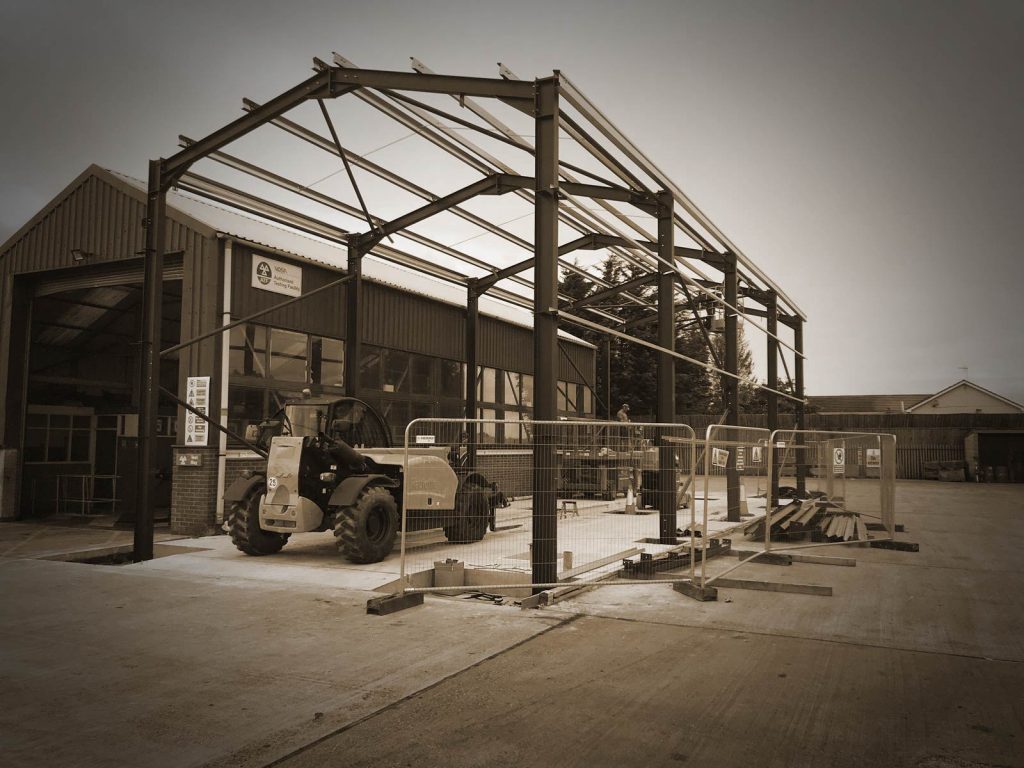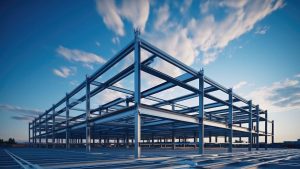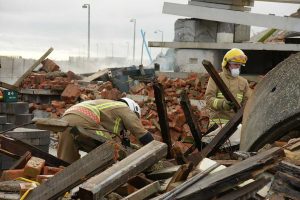To know how the popularity of steel buildings arose, we at National Steel Buildings want to share a bit of the history of its evolution. How it has made structures standing resplendent after 100+ years alongside the garages you have at your home or the farm buildings your pass on your way to work!
Introduction Of Building With Steel
The father of modern steel buildings was Sir Henry Bessemer. In 1856 Bessemer introduced a process for making steel that would bear his name. A process that would change the slow production of steel into a faster, more economical process that would change the face and cost of buildings. It did all that, allowing architects considerably more freedom in structural design.
However, despite Bessemer’s steel, iron dominated the construction industry until the 1880s. The time when steel came into its own for building some of the most outstanding engineering projects of that innovative age – bridges.
First 2 Steel-Built Major Projects – Bridges
The Brooklyn Bridge, completed in 1883, set many ‘firsts’ It has a span of 486m. For twenty years, it was the longest suspension bridge globally and the first to extensively use steel in its construction. Steel was used for the Brooklyn Bridge because of its strength-to-weight ratio. This fact was tested when PT Barum led 21 elephants across the bridge – just so you know, an elephant can weigh anything from 2 -to 7 tons. It passed the test and is still functional today!
The mile-and-half-long Forth Bridge, made entirely from steel, was completed in 1890. The bridge has huge balanced cantilevers, trussed spans linking them and large riveted tubes used for the compression members. The tubes were similar in design to Brunel’s. But made from steel, not iron as he used.
Steel-Built Major Projects – Buildings
When these bridges were being built, interest was very high in the use of steel in buildings. The strength of steel and its versatility allowed pioneering architects to open the door to new designs and taller buildings.
One such was William Le Bron Jenny, who used steel to build, Chicago’s Home Insurance Company Building in 1883. A concern facing the architect was whether to declare the use of steel as the structural frame. This was due to regulations and ordinances focusing more on non-highrise masonry construction. However, Jenny facilitated change when his next major project in 1889 included steel in the submitted plans. This was the 2nd Leiter Building, Chicago, now known as the Sears Roebuck, in 1889-90.
The Influence Of Steel In The Design Of Buildings
Architects in London and Paris saw the potential for thinking ‘outside the box’ in using steel for different perspectives on design for buildings they were commissioned to build. As we can see in London in 1904 when the fabulous Ritz Hotel emerged.
Building Of The Ritz Hotel Piccadilly
The 1894 UK Building Act prohibited the riveting of beam-to-stanchion connections in steel-frame buildings. The architects solved this problem by cladding the steel frames with a loadbearing masonry skin to satisfy the cautious inspectors of its solidity and fire protection. Subsequently, the Building Act was amended during the building of the next of Britain’s steel-framed buildings, Selfridges in 1908 & The Chrysler Building in 1910.
These buildings were commissioned by Americans. They had seen the potential in cost-effectiveness and the speed at which the buildings could be erected.
Today’s Steel Framed Buildings
We can see many fabulous examples of how the use of steel-frame buildings influenced both architects and construction engineers. They are a testament to how durable and versatile steel. The use of steel has continued to inspire. Still, it is also used for less impressive buildings than the Empire State, built-in 1930! You can now purchase steel buildings for commercial and industrial buildings. Plus agricultural buildings, workshops, hangers, garages and sheds. All are quick to erect, easy to maintain, cost-effective, strong and durable, as history shows us.




